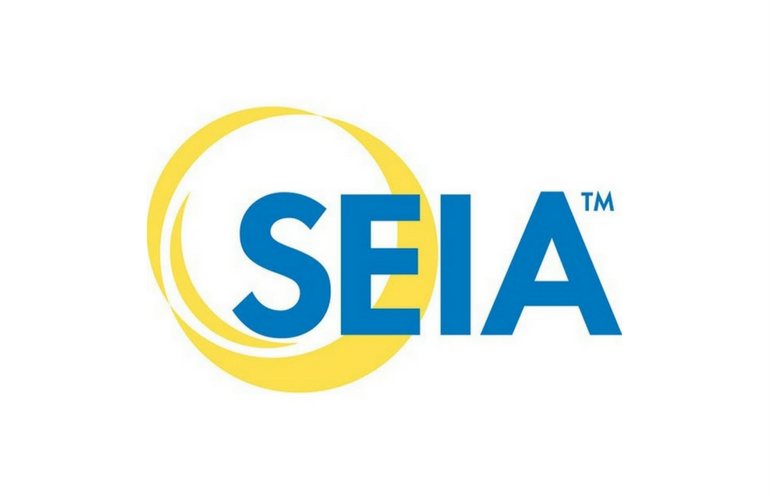The Solar Energy Industries Association (SEIA) is launching a nonprofit to accelerate the transition to carbon-free electricity through clean energy research and analysis. The Solar and Storage Industries Institute (SI2) will serve as SEIA’s charitable and educational arm, using research, public education initiatives, and policymaker engagement to remove barriers to clean energy deployment.
SI2 will propose and incubate new solutions that encourage the growth of the solar and storage industry. The organization will also address land use concerns, rate designs, workforce development and environmental justice and interconnection roadblocks, with the goal to combat climate change and create a more equitable clean energy economy.
“We largely have the technologies we need to address the climate crisis, but several barriers remain to widespread adoption of solar and storage,” said Abigail Ross Hopper, SEIA president and CEO and the new chair of SI2’s board of directors. “The window for climate action is narrowing quickly, and we must double down on the clean energy research and analysis needed to dismantle systemic challenges that are holding back the solar and storage industry.”
David Gahl, SEIA’s current senior director of state policy, East, will lead SI2’s work and serve as the institute’s first executive director.
“I’m thrilled to take on this challenge and work with a diverse range of stakeholders to solve the most pressing issues facing America’s clean energy sector,” said Gahl. “SI2 offers the solar and storage industry a special opportunity to harness its creativity and use innovative thinking to chart a new path to a carbon-free future and an equitable clean energy economy.”
SI2’s first research project will create best practices for solar companies looking to create large-scale solar projects and other resources that will help the industry navigate these challenges. Siting clean energy projects requires community engagement and long-term planning that minimizes impact to the environment and surrounding community. These projects must also account for access to transmission lines, upgrades to grid infrastructure and other factors that can affect the outcome of a large-scale solar project.
George Hershman, CEO of SOLV Energy, is serving as SI2’s board secretary, and Laura Stern, co-CEO of Nautilus Solar, is board treasurer.
“We applaud SEIA’s efforts to launch SI2 in an effort to tackle barriers to clean energy deployment head-on,” said Stern. “It’s exciting to be at the forefront of an initiative that will make significant progress to combat climate change and create a clean, sustainable future by offering an equitable and affordable renewable energy choice.”
Hershman added: “Over the last decade the solar industry has been a beacon of innovation, persevering through numerous challenges to emerge as a leading provider of cost-effective energy in the United States. A brighter future powered by clean energy is possible, and the formation of SI2 will help establish a direct road map to more efficient solar and storage deployment for generations to come.”
Solar energy accounts for roughly 4% of U.S. electricity generation today. If solar energy reaches 30% of U.S. electricity generation by 2030, electricity sector emissions would be cut in half. If the industry reaches its Solar+ Decade goals, the solar and storage industry would create more than $800 billion in economic activity and add more than one million well-paying jobs. Solar and storage businesses stand ready to achieve this goal, but significant policy-related roadblocks and supply chain hurdles stand in the way.
As SI2 grows and secures additional funding sources, it will announce additional priorities and initiatives.
News item from SEIA






















Recent Comments